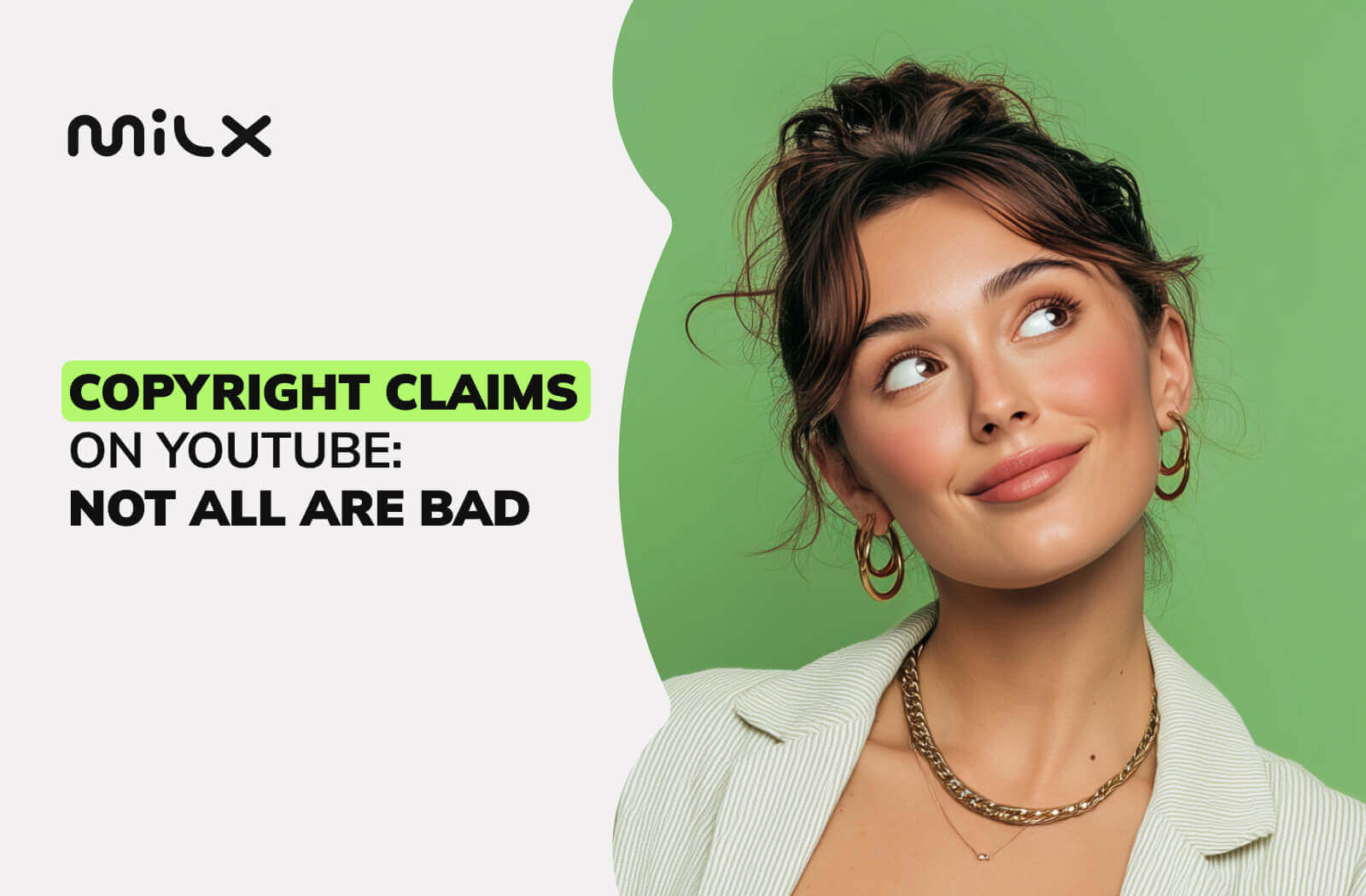Got hit with a YouTube copyright claim? Don’t panic. It’s not always a strike, and it’s not always a problem.
In this guide, we’ll break down what claims really mean, how they affect your monetization, and when to fight back using fair use.
Let’s clear the confusion and keep your channel safe.
How the Content ID System Triggers Claims
YouTube uses a tool called Content ID to scan videos for copyrighted material. When a match is found, a copyright claim is triggered on YouTube.
This doesn’t always mean trouble. Often, the video stays up.
But it might:
- Be monetized by the copyright owner;
- Be blocked in some regions;
- Or just tracked for stats.
The system is automated. A claim can happen even if you follow fair use guidelines, which is why understanding the difference between a claim and a strike matters.
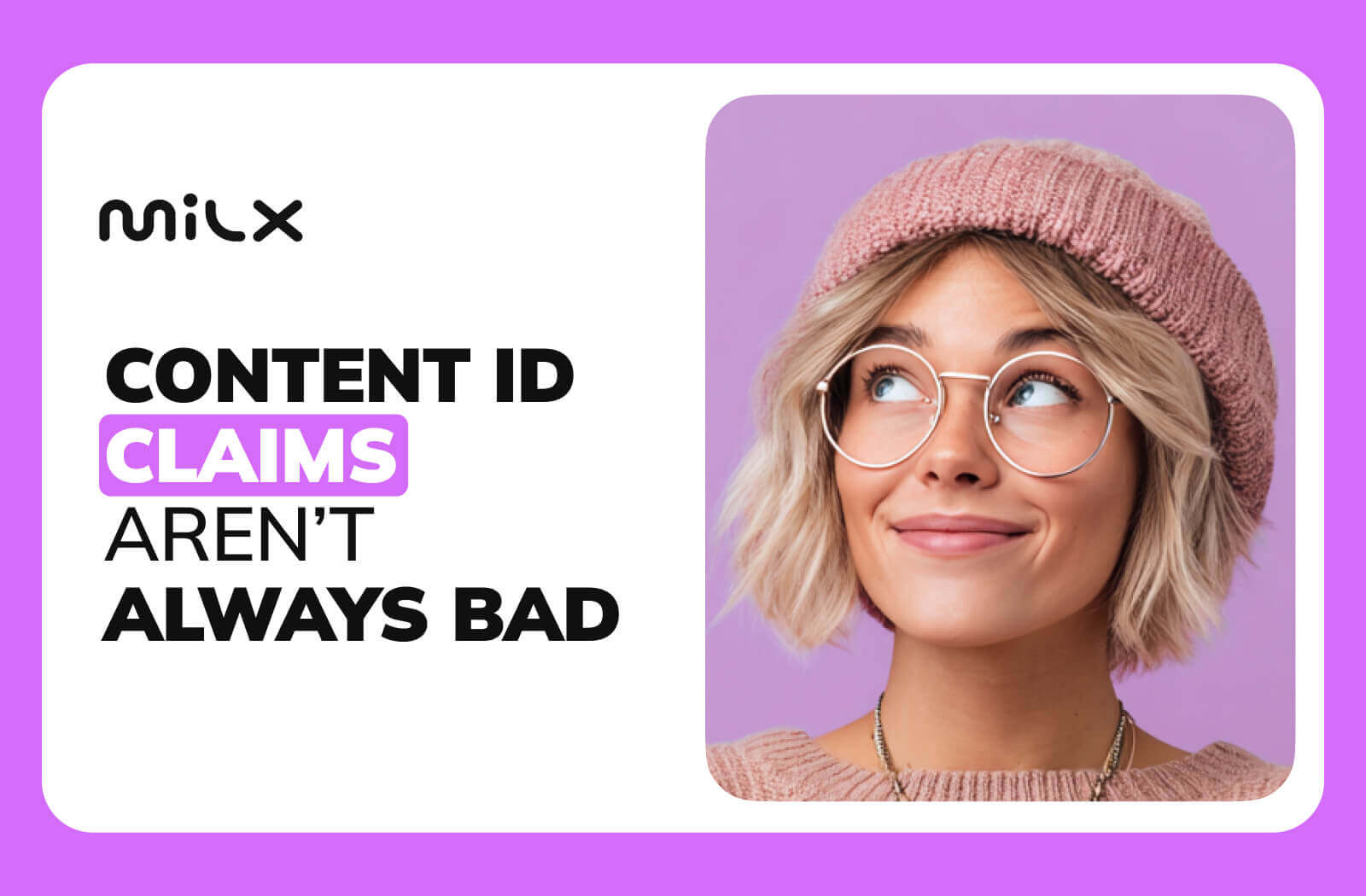
What Happens If You Get a Copyright Claim on YouTube?
You’ll get a copyright violation notice in YouTube Studio.
The message will explain:
- What content was matched;
- Who claimed it;
- What actions they’ve taken (block, track, or monetize).
You can check all this in your YouTube copyright claim check video section.
Good news: A copyright claim is NOT a strike. Your channel stays safe unless the copyright owner files a legal takedown request.
How Copyright Claims Affect Monetization and Visibility
If your video is claimed:
- You might lose ad revenue (or share it);
- Some regions may lose access;
- Your content might stay up, just with limitations.
If you’re monetizing, watch out for YouTube’s reused content policy. Reposting clips without commentary, edits, or transformation can lead to being demonetized for reused content.
Even without a claim, reused content on YouTube, like compilations or reposts, can trigger demonetization. Always aim to add original value.
Cash In Before the Clicks Start
Why wait weeks for YouTube payouts when you can get paid now? With MilX Active Funds, you can unlock up to 6 months of your future YouTube earnings, instantly. Whether you’re gearing up for your next big project or just want steady cash flow, MilX puts you in control. Try the MilX app for free and start getting paid on your terms, not YouTube’s timeline.
When a Claim Is Not a Problem, and When It Is
Not all claims are harmful. Some are harmless, others demand action.
Let’s break it down.
Case 1: You Used Copyrighted Music
You added a trending track to your vlog, and it fits the vibe perfectly. But behind the scenes, YouTube’s Content ID system recognizes the music and flags it.
Now, the copyright owner places a YouTube copyright claim to monetize the video.
What happens next?
Your video stays live, but you don’t make a cent from it. The ad revenue goes straight to the rights holder.
In some cases, the video might even be blocked in certain countries depending on the owner's settings.
If you’re okay with the trade-off (visibility over profit), you can leave the claim as is. But if you want to earn from the video, you’ll need to remove or replace the track.
YouTube offers tools to mute the song or swap it with free music from its Audio Library, a smart move if you’re aiming to grow your earnings.
To avoid issues in the future, always use licensed music or royalty-free tracks.
Music is one of the most common YouTube copyright claim reasons, and skipping this step can cost you more than views.
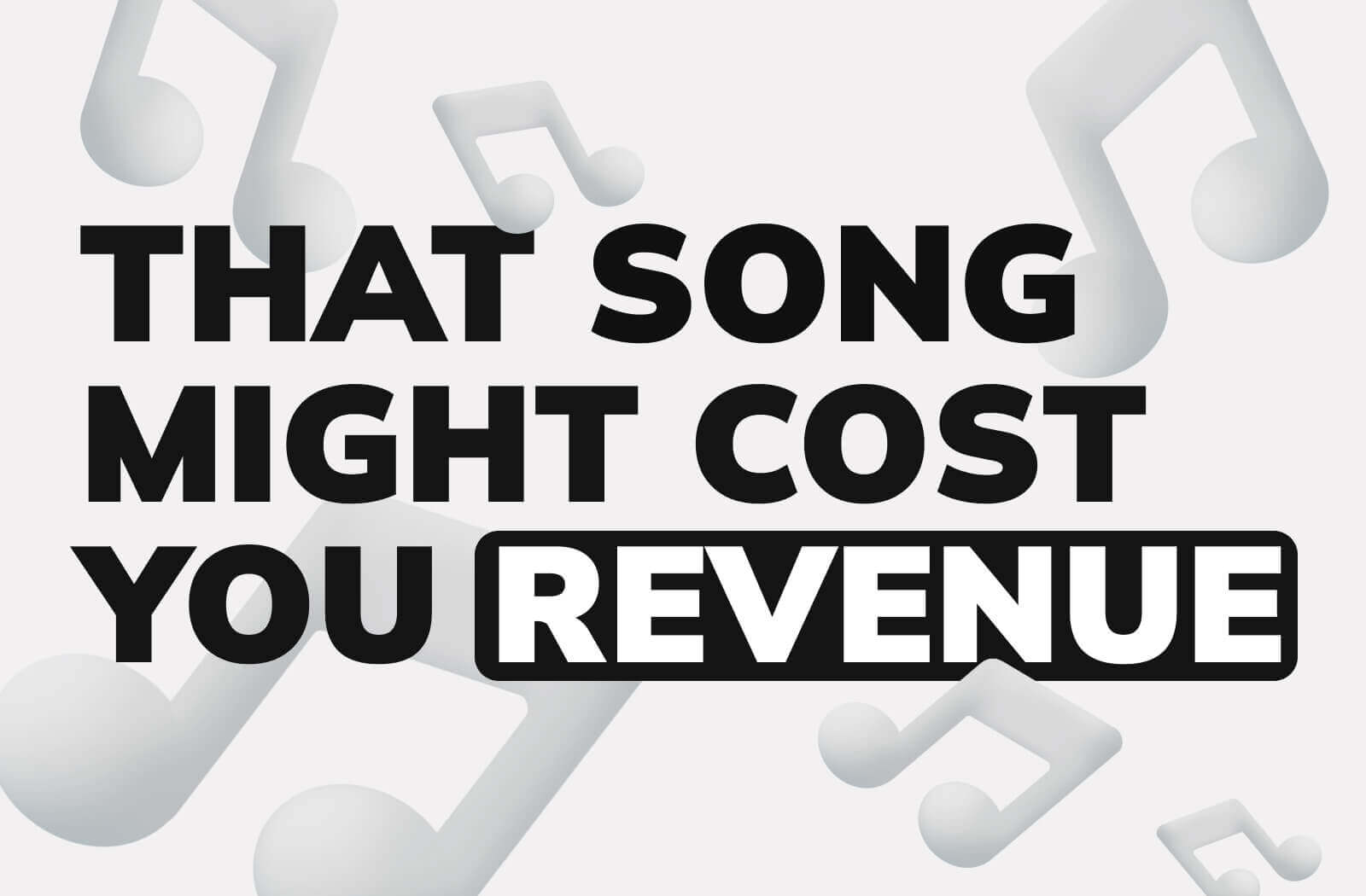
Case 2: Fair Use Applies
You created a movie review, added your voiceover, broke down key scenes, and kept clips short, everything by the book under fair use copyright. Still, a YouTube copyright claim shows up. Why?
Because Content ID doesn’t check for context, it only matches. Even if your content follows YouTube's fair use guidelines, automated systems can’t tell if your video transforms or critiques the original.
What to do?
Dispute the claim through the YouTube copyright claim dispute process. Clearly explain how your use is transformative. Did you educate, comment, or criticize? Highlight the purpose, the amount used, and how it doesn’t harm the original’s market.
If your dispute is valid under fair use, the claim can be removed.
But be ready: the copyright owner can still reject it. If that happens, you may need to appeal or submit a counter-notification, but only if you’re confident in your legal grounds.
Remember: Fair use isn’t guaranteed, but when used correctly, it’s your best defense.
👉 Check the YouTube fair use policy on time.
Case 3: You Were Wrongly Flagged
You filmed, edited, and voiced everything from scratch, no borrowed clips, no background music, no outside assets. And yet, you get a false copyright claim on YouTube.
Frustrating? Absolutely. But not uncommon.
Sometimes, Content ID mistakes your original work for something else. Other times, people abuse the copyright system to claim content they don’t own.
What to do?
Go straight to the YouTube copyright claim dispute process. Explain that the content is 100% yours and provide proof if needed, like raw files, project drafts, or timestamps.
If the claim is invalid, YouTube can remove it.
But be patient: the process takes time. If the claimant refuses to release it and you know your rights, you can escalate with a counter-notification.
Fighting back is worth it, especially if your channel’s reputation and monetization are on the line.
Don't let YouTube copyright claim abuse silence your original work.
How to Get Rid of a Copyright Claim on YouTube
Here’s how to fix a copyright claim on YouTube, without stress:
- Review the claim. Check who filed it and why.
- Decide on your action:
- Accept it if you’re okay with losing revenue.
- Replace or mute the content using YouTube’s tools.
- Dispute it if you believe in fair use or own the rights.
- Dispute respectfully. Use the proper forms. Avoid emotional or vague statements.
- Wait. If rejected, you may appeal again in 30–60 days.
You can also contact the claimant directly and request removal of the claim.
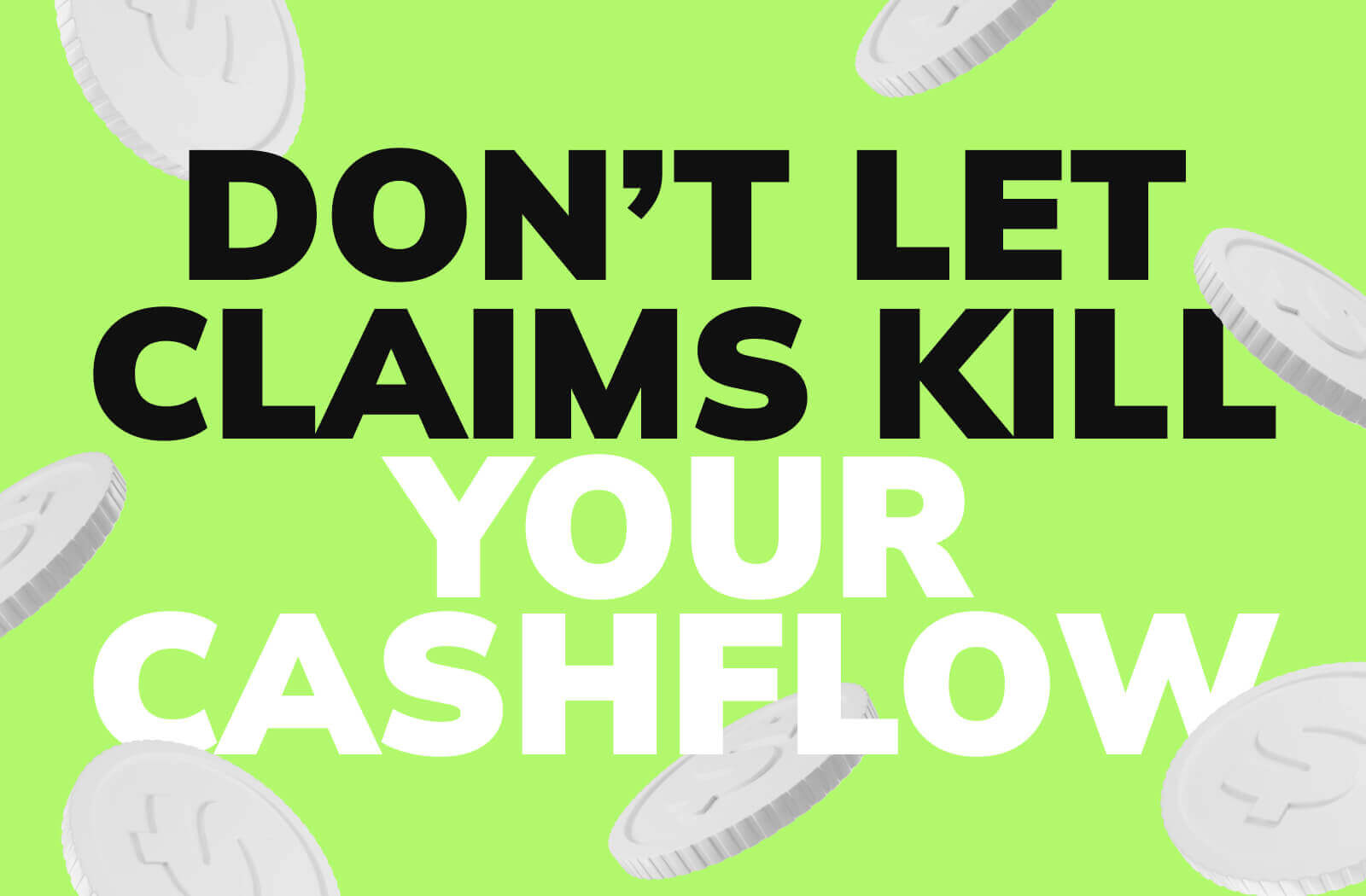
Protect Your Earnings. Cash Out with MilX
A YouTube copyright claim is a warning light, not a red stop sign.
It might affect your revenue, but it won’t destroy your channel. Understand copyright and fair use, use original or transformed content, and act fast if you see an unfair claim.
If your content is truly yours, fight the claim. If it’s fair use, stand your ground. And if it's not, learn, adapt, and keep creating.
Got demonetized for reused content? Time to add your voice, insights, or edits, and get back on track.
And remember: MilX is there to help you monetize without the wait. Try it for free and never miss a payout window again.
Claims can delay revenue or block payouts. That’s where MilX helps.
Even if you're dealing with a YouTube copyright claim or waiting through the dispute process, MilX lets you access up to 6 months of your future YouTube earnings instantly.
Try the free MilX app and keep your content and income on track.
